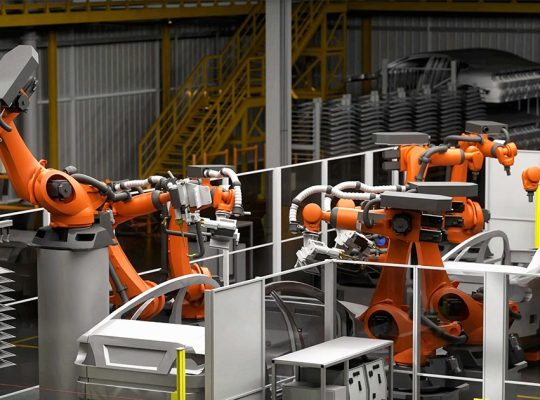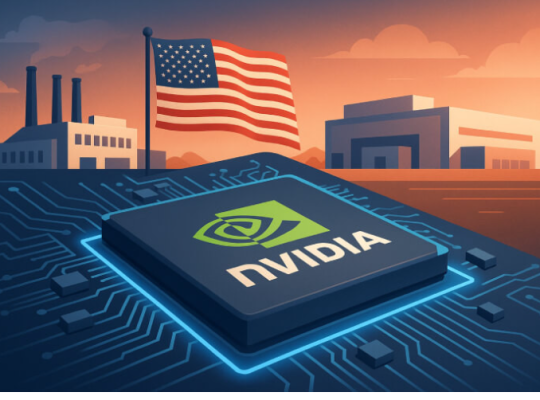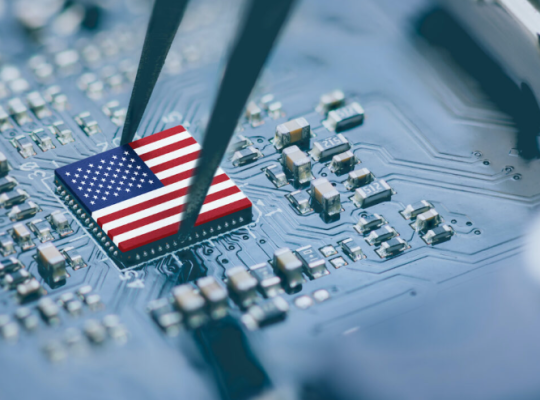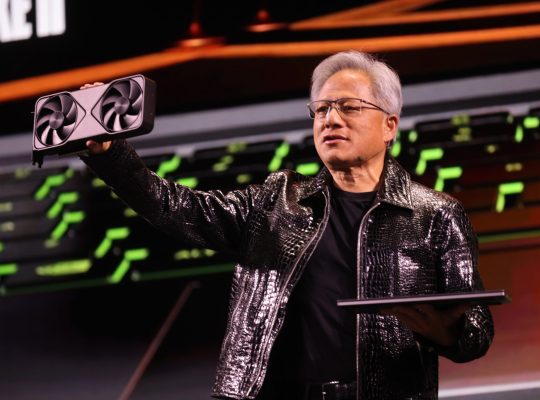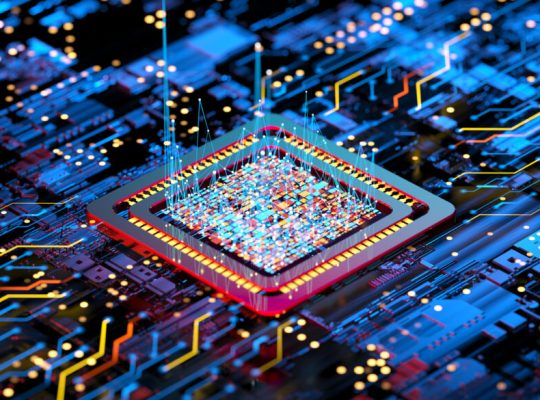Nvidia is making a significant and strategic shift to increase its chip production in the United States. This move is driven by a number of factors, including geopolitical tensions, the desire to build a more resilient supply chain, and government incentives.
Here is a summary of the key developments and future outlook for Nvidia’s chip production in America:
Major Investment and Partnerships
A “Half a Trillion Dollar” Investment: Nvidia has announced a plan to invest up to $500 billion over the next four years to build out AI infrastructure in the U.S. This is a massive commitment and a clear signal of the company’s intent to localize a significant portion of its production.
Strategic Partnerships: Nvidia is not building its own fabrication plants (fabs) from the ground up, but is instead partnering with key players in the semiconductor ecosystem. These partners include:
- TSMC (Taiwan Semiconductor Manufacturing Company): The world’s largest contract chip manufacturer is already producing Nvidia’s Blackwell chips at its new facilities in Phoenix, Arizona.
- Foxconn and Wistron: These companies will be manufacturing AI supercomputers in Texas, with new plants planned in Houston and Dallas.
- Amkor and SPIL (Silicon Precision Industries): These partners will handle the crucial stages of packaging and testing operations in Arizona.
The Rationale Behind the Shift
Geopolitical Risk: The ongoing trade tensions between the U.S. and China, as well as the geopolitical risks associated with Taiwan, have made it a strategic imperative for Nvidia to diversify its supply chain. By bringing more production to the U.S., the company can mitigate potential disruptions and align with American national security interests.
Government Incentives: The U.S. government’s CHIPS and Science Act provides substantial subsidies and tax credits to encourage domestic semiconductor manufacturing. Nvidia and its partners are leveraging these incentives to make their U.S. investments more financially viable.
Supply Chain Resilience: The COVID-19 pandemic highlighted the vulnerabilities of a highly concentrated global supply chain. By establishing a robust production base in the U.S., Nvidia aims to improve its ability to meet the soaring demand for its AI chips and reduce reliance on overseas logistics.
Technological Leadership: Nvidia’s CEO, Jensen Huang, has framed the move as a way to build the “engines of the world’s AI infrastructure” in the U.S. This isn’t just about moving manufacturing, but about creating a complete ecosystem for designing, manufacturing, and deploying next-generation AI technologies.
Future Implications
Job Creation: The investment is expected to create hundreds of thousands of jobs in the U.S., not just in manufacturing but also in engineering, research, and support roles. States like Arizona and Texas are becoming major hubs for the semiconductor industry.
Economic Impact: The move is a significant boost to the U.S. economy, contributing to a “manufacturing renaissance” and bolstering the country’s position as a leader in advanced technology.
Industry-Wide Shift: Nvidia’s decision may encourage other chip designers to follow suit, leading to a broader trend of “reshoring” semiconductor production to North America and other regions outside of Asia.
Challenges: The transition is not without its challenges. Higher labor costs in the U.S. could impact profitability, and the complexity of scaling up a new supply chain could lead to short-term disruptions. However, the long-term benefits of a more resilient and secure supply chain are seen as outweighing these risks.
In conclusion, the future of Nvidia’s chip production in America is one of significant growth and strategic realignment. The company is investing heavily in a U.S.-based ecosystem to address geopolitical risks and meet the insatiable global demand for its AI chips. This move, supported by government policy and key partnerships, is poised to reshape the global semiconductor landscape and solidify the U.S. as a critical center for AI innovation and manufacturing.











